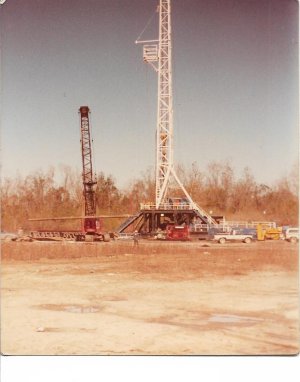Logan52
Well-known member
I was only a full time farmer for about ten years. Without immediate family involved in farming and owing for the price of the farm and equipment, it became clear that if I was going to be able to marry and raise a family, I needed a job with steady income and a pension plan of some type. I let the job pay for my living and the farm pay for itself.
With over 50 years of experience of trying to make money on the farm, I have found the law of diminishing returns has proved true over and over. Short on time and help, I found that cutting back often made me more clear money than pressing the land towards its limit. I often found that methods developed for the full time farmer were not suited to my situation and created more work and less profit.
I am impressed by the operations of many here on this board. The large scale of their operations, their knowledge and will to work are to be commended. I am thankful I found a niche that worked for me, perhaps it could for others.
With over 50 years of experience of trying to make money on the farm, I have found the law of diminishing returns has proved true over and over. Short on time and help, I found that cutting back often made me more clear money than pressing the land towards its limit. I often found that methods developed for the full time farmer were not suited to my situation and created more work and less profit.
I am impressed by the operations of many here on this board. The large scale of their operations, their knowledge and will to work are to be commended. I am thankful I found a niche that worked for me, perhaps it could for others.


